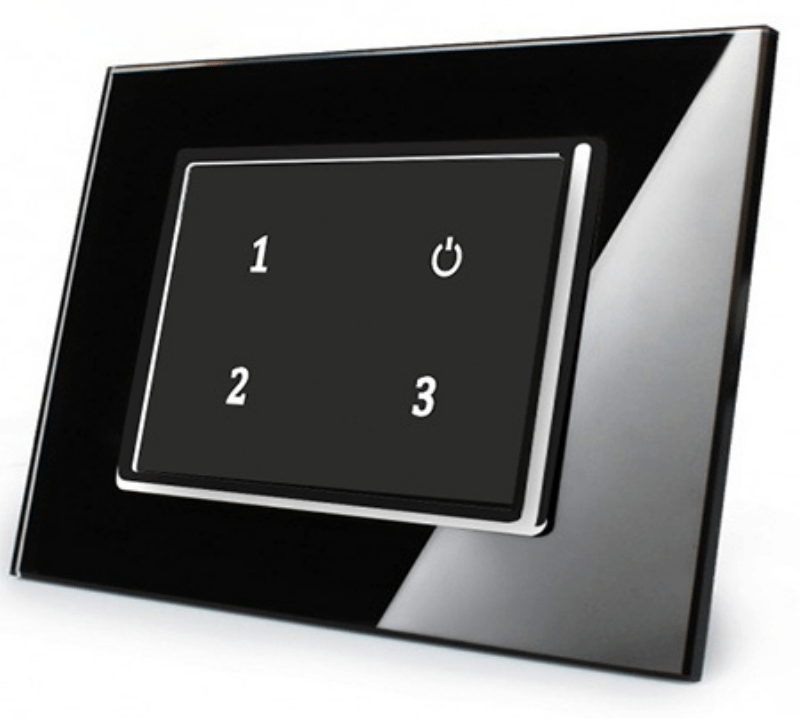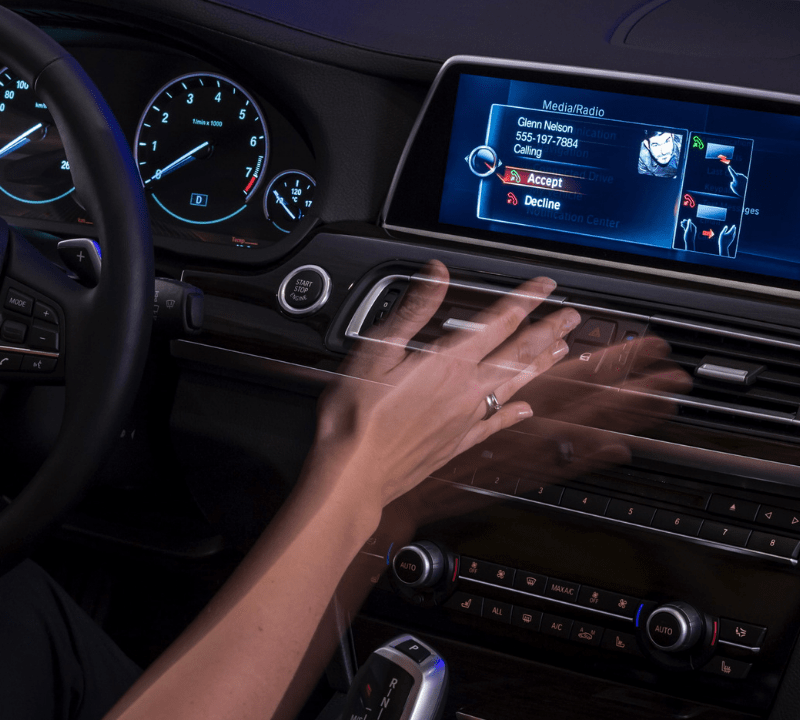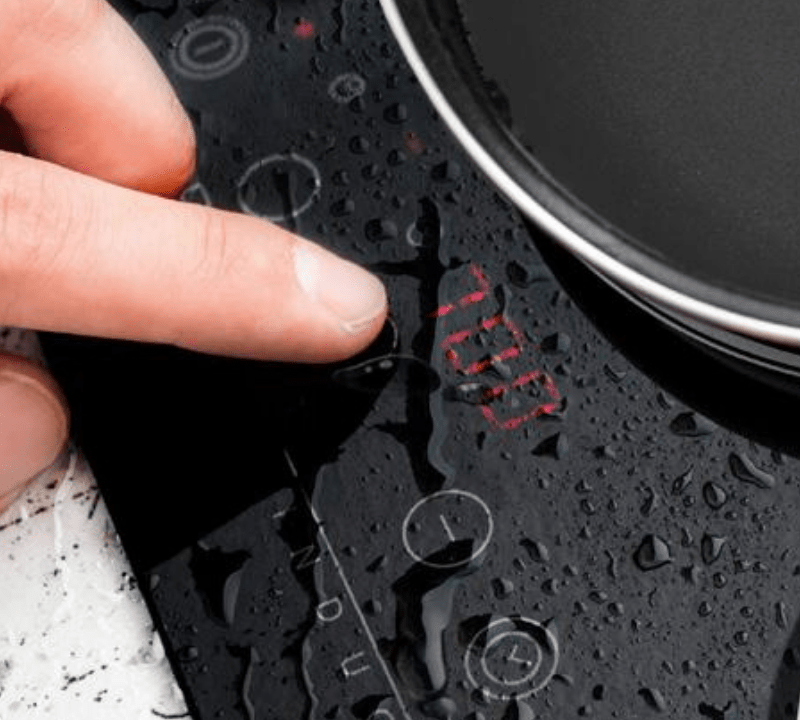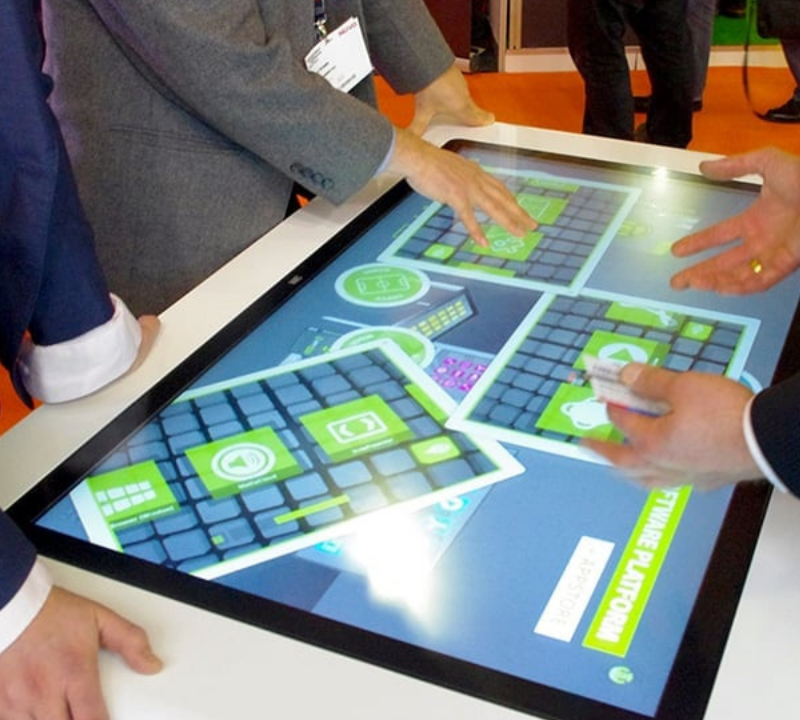
Touch UIs only feel intuitive when they approximate interaction with a physical object. This means that tactile feedback, and the ability to manipulate the UI elements, has to work as an abstraction of a real object in order to be truly intuitive.
Gestures come in all shapes and sizes. The most common are listed in the graphic below. These are the conventional controls to which most active mobile device users are accustomed. These are the most used across platforms and, in that regard, the most intuitive. At least that’s the case with people who have significant experience using gestural controls.
• Turnkey Touch Controllers
• Microcontrollers with Integrated Touch Peripheral
• 2D Touch Surface Library for Microcontrollers
• Touchscreen Controllers
• Single-Chip 3D Gesture Controllers with Patented Technology


• Low-Power Touch Design
• Capacitive Touch Sensor Design
• Interfacing with Touchscreen Controllers
• Complex Gesture Detection at the Edge with Machine Learning
• Capacitive Touch Controllers, Microcontrollers with Touch and 3D Gesture Controllers
We have seen a rush to install gesture recognition as a safety feature in cars. Many motoring accidents are caused by the driver being distracted, one of the most frequent distractions being the audio system. Gesture recognition allows the driver to control the system without taking their eyes off the road: waving in a specific pattern to skip a track, increase volume, or change channel.
An embedded gesture recognition system has been designed and developed using a data glove. The design of a data glove is aimed at supplying a auxiliary communication tool for deaf people so that there is more social intercourse between them and the normal.

